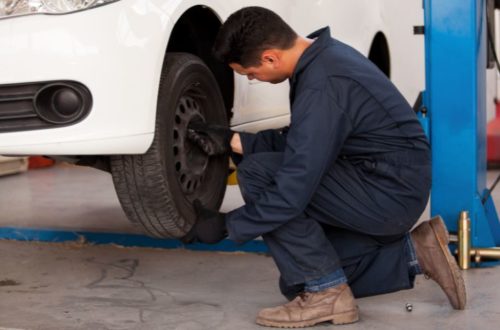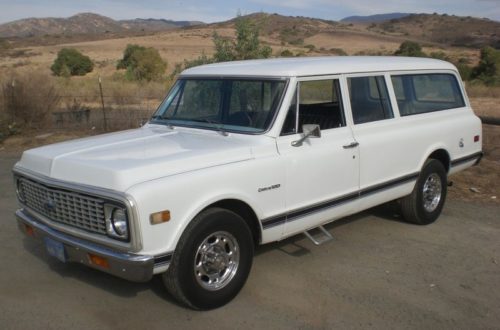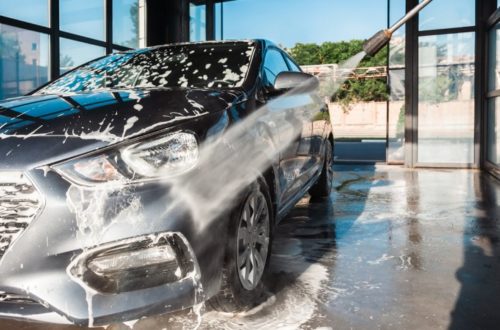Driving Tips for Low-Visibility Conditions

Driving through thick fog, heavy rain, or a sudden snowstorm can be unnerving.
These conditions make it hard to see the road ahead, turning a normal drive into a risky situation. To navigate these challenges safely, you’ll need to adjust how you drive.
Start using these driving tips for low-visibility conditions so you can handle whatever the weather throws your way.
Go Slow and Give Yourself Space
Your first move in poor visibility should always be to slow down.
When you can’t see far ahead, you have less time to react to stopped cars or debris on the road. Reducing your speed gives you that extra bit of time you need to brake safely.
Think about it this way: if the car in front of you suddenly slams on its brakes, you need enough room to stop without a collision.
A good rule of thumb is to double your usual following distance. If you normally stay three seconds behind the car ahead, make it six.
This buffer can be the difference between a close call and an accident.
Use Your Headlights the Right Way
It might seem logical to flip on your high beams for more light, but this can actually make things worse. In fog, rain, or snow, the light from high beams reflects off the precipitation.
This creates a wall of glare right in front of you, reducing your visibility even more.
Instead, use your low-beam headlights. They aim downward at the road, which cuts through the weather without causing that blinding reflection.
This helps other drivers see you and allows you to see the road ahead more clearly.
Consider upgrading your headlights if they are ill-equipped for low-visibility conditions. For example, one of the biggest roles of LED lights in enhancing overlanding safety is maximizing visibility in any condition, day or night.
Stay Focused and Ditch Distractions
Driving in poor visibility demands your full attention.
This isn’t the time to check your phone, mess with the radio, or get lost in a conversation. A moment’s distraction can have serious consequences when you can’t see what’s coming.
To minimize distractions, put your phone on silent and place it out of reach. If you have passengers, let them know you need to concentrate on the road.
Keeping your focus sharp helps you spot potential hazards sooner.
Know When to Pull Over
Sometimes, conditions become too dangerous to continue driving. If you can barely see the road lines or the car ahead of you disappears into the mist, it’s time to pull over.
Your safety is more valuable than reaching your destination a few minutes earlier.
Find a safe spot like a rest area or a well-lit parking lot. If you must stop on the shoulder, pull as far away from traffic as possible. Turn on your hazard lights so other drivers can see you, but turn off your driving lights to avoid confusing others into following you off the road.
Your Safety Comes First
By following these driving tips for low-visibility conditions, you can better protect yourself and others. Reducing your speed, using the correct headlights, staying alert, and knowing when to stop are all simple adjustments that make a huge difference.
Adapt your driving to the weather, and always prioritize getting there safely.
Would you like to receive similar articles by email?





